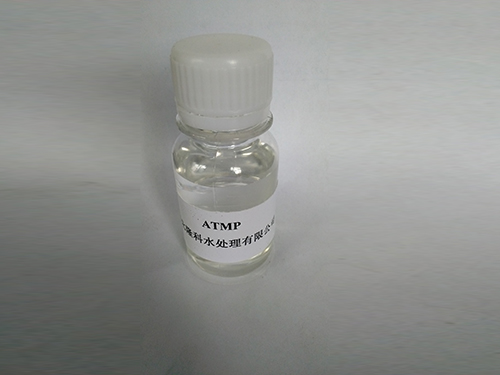anionic polyacrylamide uses
Anionic Polyacrylamide Applications and Uses
Anionic polyacrylamide (APAM) is a polymer that has gained considerable attention in various industries due to its unique properties. It is a water-soluble polymer derived from polyacrylamide, with anionic functional groups that provide it with a negative charge. This characteristic allows APAM to interact effectively with a variety of substances. As a result, the polymer has found extensive applications in fields such as water treatment, agriculture, mining, and the oil industry.
Water Treatment
One of the most significant uses of anionic polyacrylamide is in water treatment processes. It is commonly employed as a flocculant, aiding in the aggregation of suspended particles in water. The charged nature of APAM helps it to bind with the small, negatively charged particles, enhancing their size and promoting sedimentation. This property is particularly beneficial in municipal water treatment plants, wastewater treatment facilities, and industrial effluent processing, where the clarification of water is essential. By using APAM, facilities can reduce the amount of chemical coagulants needed, minimize sludge generation, and improve overall water quality.
Agriculture
In agriculture, anionic polyacrylamide is used to improve soil structure and enhance water retention in arid regions. When applied to soil, APAM can form a gel-like structure, which helps to bind soil particles together. This not only improves aeration within the soil but also reduces erosion and increases moisture retention, making it easier for crops to thrive even in dry conditions. Additionally, APAM can be used in irrigation systems to minimize water loss and improve efficiency. Its ability to reduce runoff and enhance infiltration makes it a valuable tool for promoting sustainable agricultural practices.
anionic polyacrylamide uses

Mining Industry
The mining industry also benefits from the use of anionic polyacrylamide, particularly in the processes of mineral processing and dewatering. In mineral extraction, APAM is utilized as a flocculant to separate valuable minerals from waste materials. It helps to increase the settling rates of particles, enabling more efficient recovery of minerals and reducing the environmental impact of mining operations. Furthermore, the polymer is used in the tailings management process, where it aids in the consolidation and dewatering of tailings ponds, thus minimizing land use and preventing pollution.
Oil and Gas Sector
In the oil and gas sector, anionic polyacrylamide serves crucial roles in both enhanced oil recovery and drilling operations. When injected into oil reservoirs, APAM helps to increase the viscosity of water, making it more effective at displacing oil and improving recovery rates. Additionally, during drilling, the polymer is used to create drilling fluids that help to stabilize boreholes, reduce friction, and remove cuttings from the well. This can lead to more efficient drilling operations and lower costs.
Conclusion
In summary, anionic polyacrylamide is a versatile polymer that serves a multitude of purposes across various industries. Its unique properties make it invaluable in water treatment, agriculture, mining, and the oil and gas sector. As environmental concerns continue to grow and industries seek more sustainable practices, the demand for effective solutions like APAM is likely to increase. The continued research and development in improving its application techniques could lead to even broader uses in the future, positioning anionic polyacrylamide as a key player in addressing some of today’s pressing environmental and industrial challenges.
-
lk-319-special-scale-and-corrosion-inhibitor-for-steel-plants-advanced-solutions-for-industrial-water-systemsNewsAug.22,2025
-
flocculant-water-treatment-essential-chemical-solutions-for-purification-processesNewsAug.22,2025
-
isothiazolinones-versatile-microbial-control-agents-for-industrial-and-consumer-applicationsNewsAug.22,2025
-
scale-inhibitor-key-solutions-for-water-system-scale-preventionNewsAug.22,2025
-
organophosphonates-versatile-scale-inhibitors-for-industrial-water-systemsNewsAug.22,2025
-
scale-and-corrosion-inhibitor-essential-chemical-solutions-for-water-system-maintenanceNewsAug.22,2025





